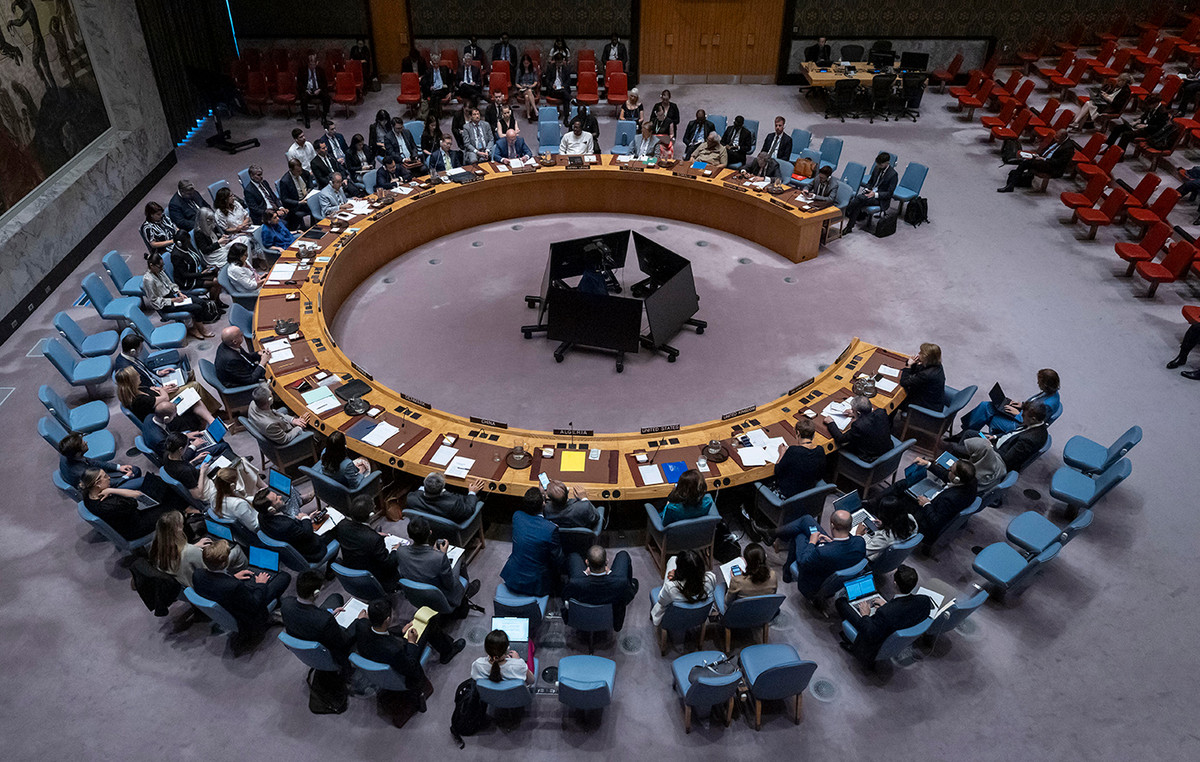San Francisco Federal Reserve Bank President Mary Daly said Wednesday that she “fully supported” the Fed’s half-percentage point interest rate cut last month. Daly also stated that there are likely to be one or two more rate cuts this year if the economy develops as she expects, according to Reuters.
Key quotes
He fully supported the half-point rate cut.
Pretty confident that we are on the path to 2% inflation.
We are at full employment.
With the policy rate stable, the real rate was rising.
Raising the real rate was a recipe for excessive tightening and harming the labor market.
The rate cut was a recalibration, to adjust rates to the economy.
The size of the September rate cut says nothing about the pace or size of future cuts.
Two or one more cuts this year are likely.
We will look at the data, monitor the labor market and inflation.
We will make more or less adjustments to rates as necessary.
I don’t want to see a further slowdown in the labor market.
Most companies are looking at a hybrid work situation, not a return to a 5-day in-office situation.
I am not worried about an acceleration of inflation.
I was more concerned about hurting the job market.
We will watch the inflation data carefully.
Little evidence that balance sheet expansion has much direct effect on inflation.
We are getting closer to the inflation target but we are not satisfied, no victory has been declared.
The balance is declining to more normalized levels.
Market reaction
The US Dollar Index (DXY) is trading 0.01% lower on the day at 102.90, at the time of writing.
The Fed FAQs
The monetary policy of the United States is directed by the Federal Reserve (Fed). The Fed has two mandates: achieving price stability and promoting full employment. Your main tool to achieve these objectives is to adjust interest rates. When prices rise too quickly and inflation exceeds the Federal Reserve’s 2% target, it raises interest rates, raising borrowing costs throughout the economy. This translates into a strengthening of the US Dollar (USD), as it makes the United States a more attractive place for international investors to place their money. When inflation falls below 2% or the unemployment rate is too high, the Federal Reserve can lower interest rates to encourage borrowing, which weighs on the greenback.
The Federal Reserve (Fed) holds eight meetings a year, in which the Federal Open Market Committee (FOMC) evaluates the economic situation and makes monetary policy decisions. The FOMC is made up of twelve Federal Reserve officials: the seven members of the Board of Governors, the president of the Federal Reserve Bank of New York, and four of the eleven presidents of the regional Reserve banks, who serve for one year on a rotating basis.
In extreme situations, the Federal Reserve can resort to a policy called Quantitative Easing (QE). QE is the process by which the Fed substantially increases the flow of credit into a clogged financial system. It is a non-standard policy measure used during crises or when inflation is extremely low. It was the Fed’s weapon of choice during the Great Financial Crisis of 2008. It involves the Fed printing more dollars and using them to buy high-quality bonds from financial institutions. QE usually weakens the US dollar.
Quantitative tightening (QT) is the reverse process of QE, whereby the Federal Reserve stops buying bonds from financial institutions and does not reinvest the capital of the maturing bonds it has in its portfolio to buy new bonds. It is usually positive for the value of the US Dollar.
Source: Fx Street
I am Joshua Winder, a senior-level journalist and editor at World Stock Market. I specialize in covering news related to the stock market and economic trends. With more than 8 years of experience in this field, I have become an expert in financial reporting.







